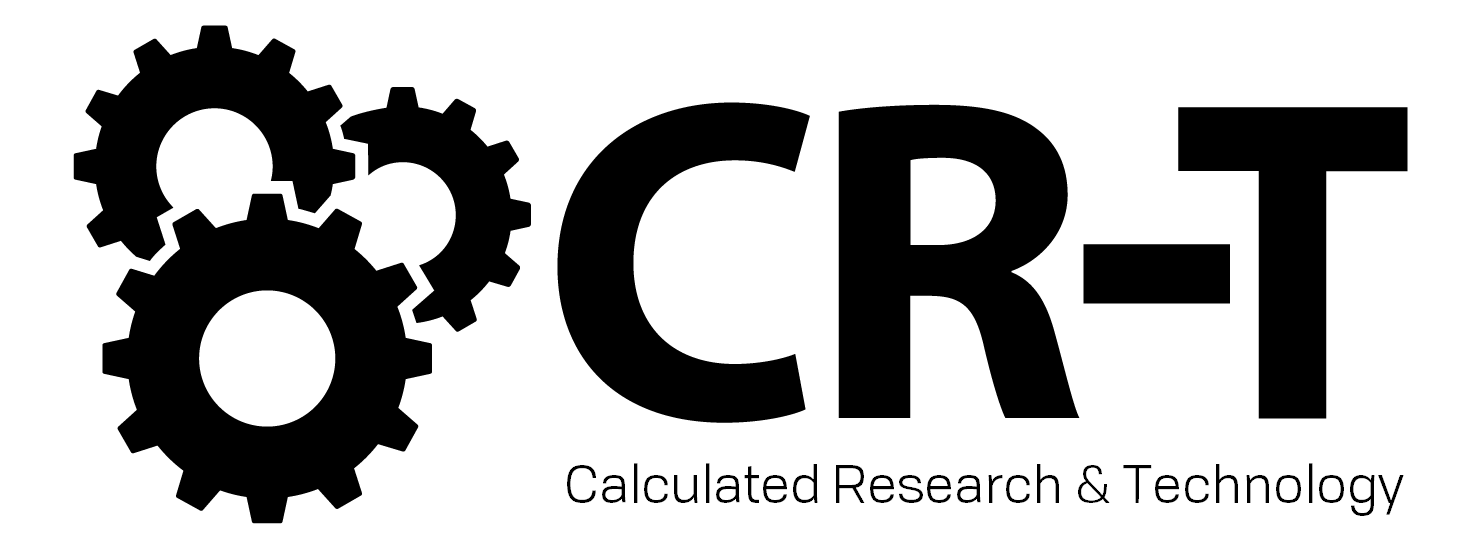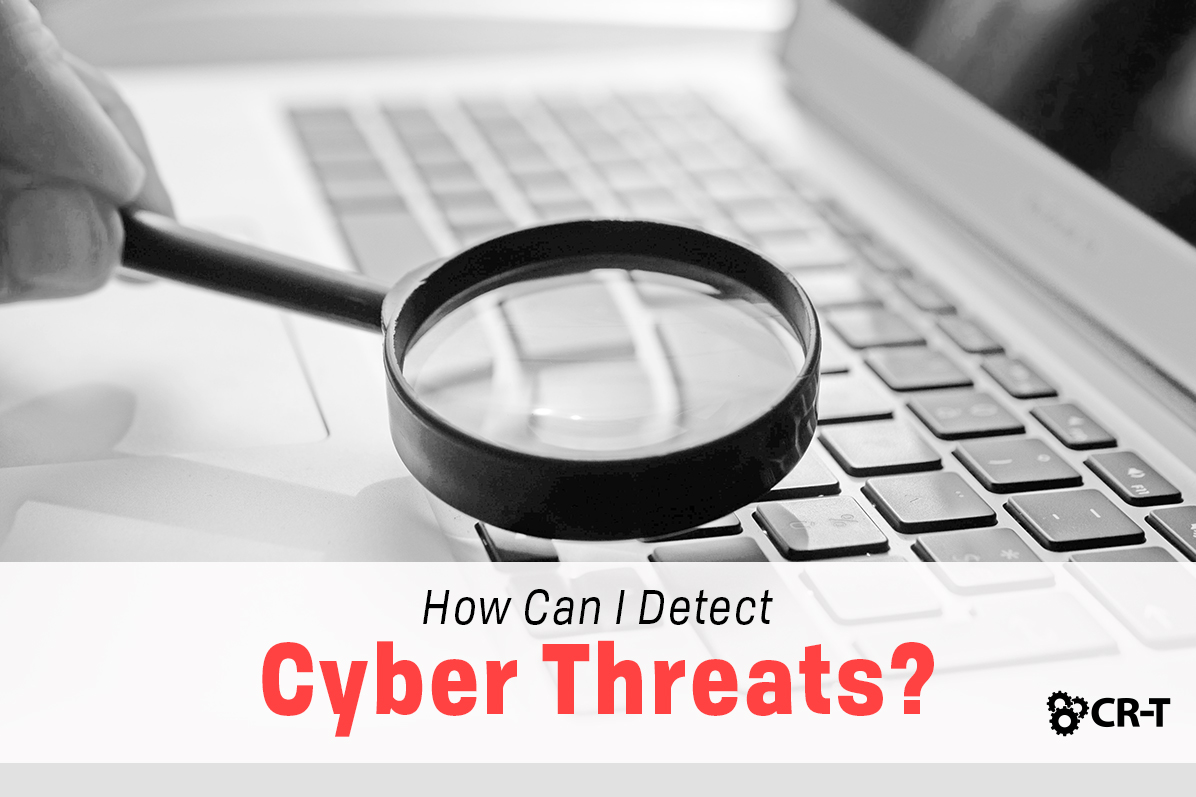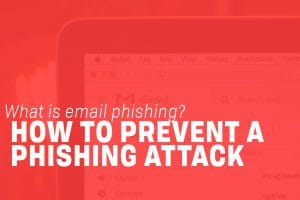As cyber threats continue to evolve at an alarming rate, you’re probably wondering how you can get ahead of these attacks to protect your company’s data.
Although it’s impossible to stay 100% protected from a cyber attack, there are several tools you can use to help you detect and mitigate cyber threats before they cause any damage.
Most Common Cyber Threats
- Identity theft. Some of the most common cyber attacks involve hackers breaking into a company’s database to steal customer information. In 2013, Target suffered a data breach involving the credit card information of over 41 million customers. And similar cyber attacks have been going on for years.
- Phishing attacks. These attacks are especially convincing since they often appear legitimate. Avoiding phishing attacks also requires verifying the source of an email, which many employees fail to do.
- Spear phishing. This is a very targeted form of phishing, in which a single individual, department, or company is targeted. Spear phishing campaigns are much more difficult to detect, as the messages are more specialized and relevant to the recipient.
- Malicious spam. A lot of spam email messages fall into the phishing category, but even seemingly harmless spam messages can take hours to sort through, affecting productivity. Some mail service solutions will sort through email messages to detect spam and malware, but even these programs aren’t perfect. A message from a potential customer or supplier might get flagged even if it’s genuine. And some spam emails will always fall through the cracks.
- Compromised web applications and web pages. While less common, some cyber attacks focus on compromising websites and either making them inoperable or filling them with misleading information. Some hackers will even embed programs on the website that will automatically install malware and other dangerous files onto site visitors’ computers. This can severely damage a company’s reputation, not to mention that it costs a lot of time and money to resolve.
How to Detect Cyber Threats
So how do you detect these cyber threats before they can cause damage within your organization?
Luckily, there are numerous forms of security automation that can help you monitor potential threats without losing productivity.
One of the most important tools to invest in is antivirus software. Most antivirus mechanisms can detect malware, spyware, ransomware, and malicious email attachments. Then, when you’re alerted about a high-risk incident, you can quickly identify the threat and mitigate it before it causes any significant damage.
Another way to monitor potential cyber threats is by utilizing a threat detection log. Most cybersecurity platforms offer advanced logging capabilities that will help you detect suspicious activity on your networks and systems. By maintaining and reviewing these logs, you’ll have access to a detailed assessment of your network’s security.
Other key threat detection strategies include:
- Penetration testing. By thinking the way a cyber criminal would, security experts can scan their IT environments for vulnerabilities, such as unpatched software, authentication errors, and more.
- Automated monitoring systems. Alongside manual processes, organizations can enhance their cybersecurity by integrating automated threat detection systems. These platforms can help organizations by tracking device performance and activity, monitoring web traffic, and notifying the cybersecurity team when irregularities are detected.
- User behavior analytics. By analyzing user behavior, an organization can better understand what normal behavior for an employee would look like. This includes the kind of data they access, the time of day during which they log on, and their physical location. That way, any outlying behavior will stand out as unusual, and it will be easier for a security analyst to know what behavior to investigate.
Ways You Can Strengthen Your Company’s Cybersecurity
In addition to detecting potential cyber threats, strengthening your company’s cybersecurity will also help you to keep your network protected.
Here are few tools you can use to bolster your organization’s cybersecurity:
- Multi-factor authentication. Having more than one form of authentication in place significantly reduces the chance of a cyber attack. There are dozens of authentication options available, including passwords, fingerprints, authenticator apps, facial recognition, voice recognition, and more.
- Identity and access management. This ensures that the right people have the tools they need to do their jobs. Identity and access management (IAM) strengthens your organization’s security by controlling who can access which information, but it also increases productivity. After logging into your main IAM portal, you’ll immediately have access to all the information you need.
- Vulnerability management. Keeping your software and operating systems up to date can prevent malicious actors from leveraging any vulnerabilities within your network. And the best part is that most of these updates can be automated.
- Data loss prevention. Implementing backup and disaster recovery solutions will help you safeguard your company’s data, even in the event of a cyber attack.
Final Thoughts
Ultimately, understanding how to detect and mitigate cyber threats is only one piece of the puzzle. Your organization will need to establish clear internal policies and make sure all of your employees are following best cybersecurity practices.
A single security breach can lead to significant problems for your organization. But by learning to detect and counteract cyber threats, you can keep your company protected and your data secure.
Click here to learn about other IT security services that can benefit your organization.





